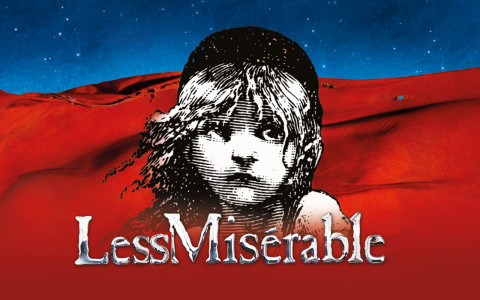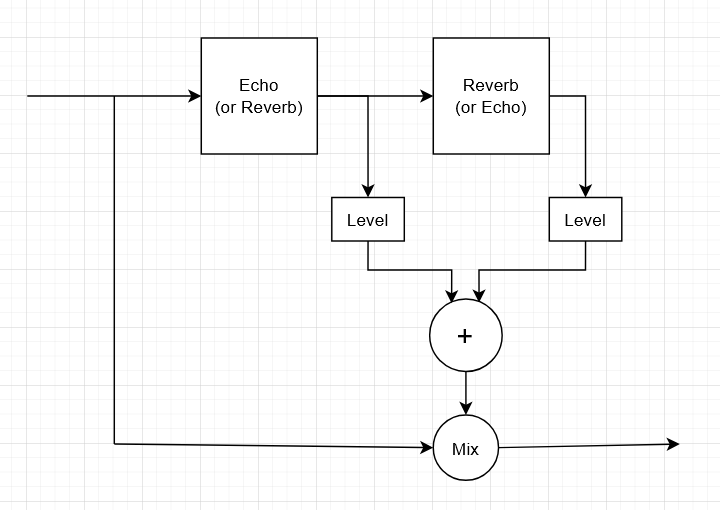I listen to my own music quite a lot, and have some favorites and some that I don’t revisit very often.
This is how bad I am at marketing: I’m going to say, right after its release, that Kintsugi is not something I want to listen to for a while. Not because I think it’s bad, but because it expressed my feelings — and my feelings got worse over the course of the album. Listening to it tends to pull me into anxiety. What I need right now is soothing, uplifting, settling music. As Cesar Cruz said, “art should comfort the disturbed and disturb the comfortable” — and I’ve definitely been more on the disturbed side.
I’ve written before about making a successor to Float — not featuring any particular gear, technique, bit of music theory, or even sound, but just the mood. I am more serious about it this time. That’s my goal: make soothing but not vapid ambient music.
The emotional outcome of listening to music though, as I’ve also written about before, is sometimes counterintuitive. Like how listening to the blues makes one feel better, or heavy metal can be relaxing. I definitely get that with some dark ambient stuff (including my own) where the intent seems to be weird and mysterious but I can just slip into it and it’s cozy. Maybe just because I’m weird. 😉
I mentioned that low blood sugar moment yesterday. I stood up for a bathroom break, felt weird and kind of swimmy/dizzy. I thought of checking my blood sugar, and it was 70. That’s not super low for a non-diabetic person, especially if it was fasting. But it’s quite low for me, given that it was after breakfast and I wasn’t exerting myself; I would expect somewhere around twice that number. I ate a brownie and drank a not-sugar-free ginger ale and felt better.
After lunch it happened again, with a reading of 76.
Anxiety and diabetes interact with each other — diabetics have a higher prevalence of anxiety than non-diabetics, hypoglycemia can feel a lot like panic or can trigger panic, and I’m sure there are other links as well.
Caffeine also interacts with both, through stimulating adrenaline and binding to adenosine. It can reduce both insulin production and sensitivity in diabetics (though it doesn’t have signficant effects on it in non-diabetics… and for some diabetics it may even have the opposite effect). While caffeine doesn’t directly cause anxiety, its physical effects are similar to anxiety’s and can compound them, and it can trigger panic attacks. And I’ve cut out caffeine. (To little effect so far, but then, caffeine withdrawal also can have effects for about 9 days.)
And then there’s inulin (not insulin). It’s in the probiotic supplement I started taking, and also in the decaf/chicory coffee I started drinking. It’s known to lower cortisol and also blood sugar, as well as being a prebiotic that affects gut flora balance, and the gut-brain connection is another complicated factor.
So I need to watch my blood glucose carefully for a bit. I’m not generally in the habit of checking it regularly, because it’s a literal and figurative pain and I don’t generally tend to learn much from occasional samples anymore. Today after breakfast it was 135, which is pretty normal, and just now 86 when glucose should be mostly cleared and I drank some of that chicory coffee.
Awareness of what my body is doing and how I might help it is good, but worry is not helpful. I’m telling myself “the doctor appointment is next Tuesday” whenever those sorts of thoughts come up.
Today and yesterday have indeed been more tolerable overall. I don’t know if I’m simply learning to cope better, getting used to it, or the ashwaganda or inulin or lack of caffeine are helping, or what. It’s certainly not to the point where I feel like I have it under control and help isn’t needed, but “less miserable” is always good.
(pardon my French)
I’m not following the news too closely for rather obvious reasons, but this momentum on releasing the Epstein files really does feel like the beginning of the end for MAGA. 417-1 vote in the House and 100-0 in the Senate. That’s a lot of people no longer willing to risk their own careers to hold the line for Trump. Not even the ones who are not personally looking at re-election themselves.
Fingers crossed.



